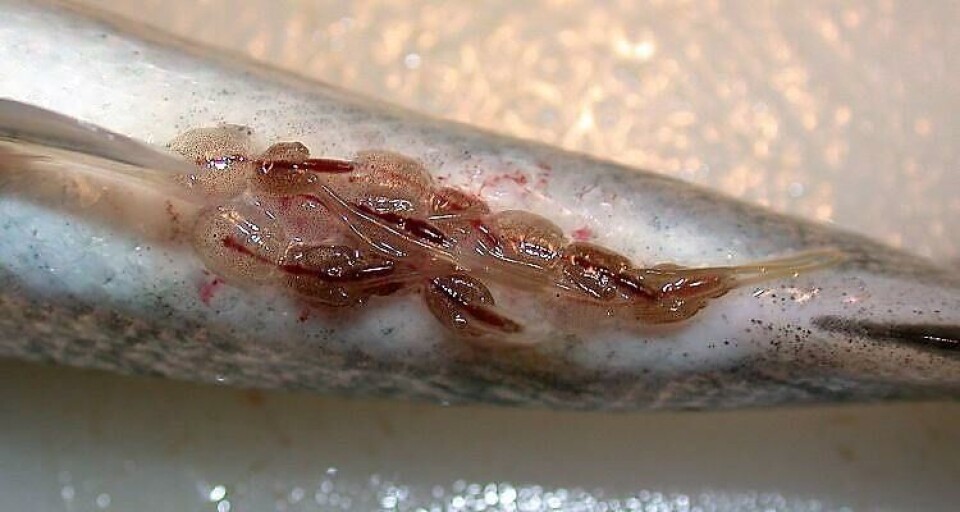
Snorkel cage reduces sea lice infestation by 75%
A one-year commercial trial using salmon in snorkel cages resulted in a 75% decrease in the level of lice and as a result, the number of antiparasitic baths also decreased.
Researchers in Norway compared the levels of Lepeophtheirus salmonis infestation in Atlantic salmon divided into three commercial-size snorkel cages and three standard cages. Environmental conditions were monitored to assess the influence of salinity and temperatures on the distribution and welfare of fish.
Twenty fish per cage were selected and the number of copepodites, chalimus I and chalimus II sessile lice was counted to determine the effect of snorkel technology on new infestations.
Fewer bath treatments
Snorkel cages keep salmon below the top 10 metres of the water, where lice are most prevalent. The fish get access to air to fill their swim bladders by swimming up through a wide tube or “snorkel”, which is impermeable to lice.
Overall, during the entire study period, new infestations were on average 75% lower in the snorkel cage compared to standard cages, the researchers said, clarifying that the technology used “decreased lice infestation by a factor of 4 and bath treatments by a factor of almost 2, in relation to standard cages”.
Read the full article entitled “Snorkel sea-cage technology decreases salmon louse infestation by 75% in a full-cycle commercial test” here.























































